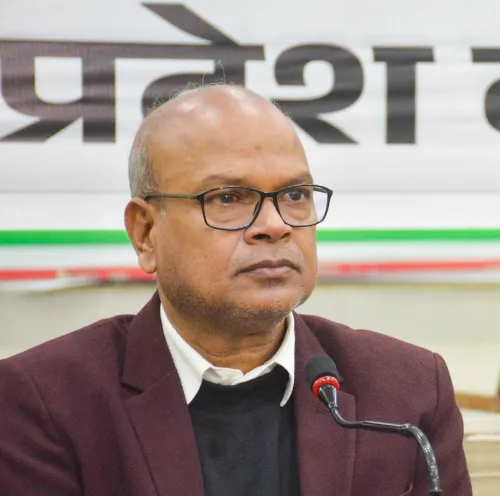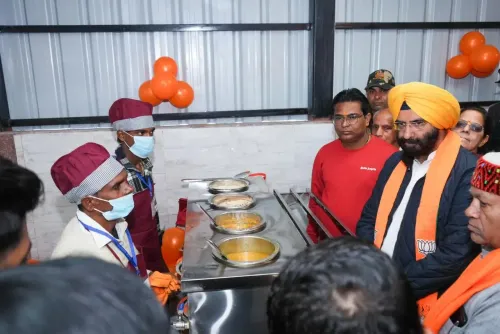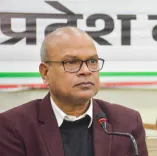Has the Cabinet Approved a Rs 1 Lakh Crore Employment Linked Incentive Scheme to Generate 3.5 Crore Jobs?

Synopsis
Key Takeaways
- Rs 1 lakh crore allocated for job creation.
- Target to generate 3.5 crore jobs over two years.
- First-time employees receive incentives up to Rs 15,000.
- Employers get incentives for sustaining employment.
- Focus on enhancing manufacturing sector jobs.
New Delhi, July 1 (NationPress) The Union Cabinet, led by Prime Minister Narendra Modi, has officially endorsed the Employment Linked Incentive (ELI) Scheme, featuring a budget of Rs 1 lakh crore aimed at generating an impressive 3.5 crore additional jobs over the next two years.
This initiative is designed to bolster job creation, improve employability, and enhance social security mechanisms across various sectors, particularly emphasizing the manufacturing sector. Under this scheme, first-time employees will receive a wage equivalent to one month, capped at Rs 15,000, while employers will benefit from incentives over two years for creating new jobs, with extended benefits for an additional two years specifically in manufacturing.
The ELI Scheme was introduced in the Union Budget 2024-25 as part of the Prime Minister's five-scheme package intended to facilitate employment and skill development for 4.1 crore youths, with a collective budget allocation of Rs 2 lakh crore.
With a proposed budget of Rs 99,446 crore, the ELI Scheme aims to motivate the creation of over 3.5 crore jobs within a two-year timeframe. Out of these, 1.92 crore will be first-time entrants to the job market. Benefits will apply to positions established from August 1, 2025 to July 31, 2027, as per an official announcement.
The Scheme is divided into two components: Part A, aimed at first-time employees, and Part B, directed at employers:
Part A focuses on first-time employees registered with EPFO, providing a one-month EPF wage of up to Rs 15,000 in two installments. Employees earning up to Rs 1 lakh qualify. The first installment is payable after six months of employment, followed by a second installment after twelve months, contingent on the completion of a financial literacy program. To promote saving, part of the incentive will be deposited into a savings account for a fixed duration, accessible later by the employee.
Approximately 1.92 crore first-time workers will benefit from Part A.
Part B supports employers by incentivizing the creation of new jobs across all sectors, particularly in the manufacturing domain. Employers can receive incentives for hiring employees earning up to Rs 1 lakh. The government will provide up to Rs 3,000 monthly for two years for each additional employee who remains employed for at least six months. In the manufacturing sector, these incentives will continue into the third and fourth years.
Registered establishments with EPFO must hire a minimum of two additional employees (for those with fewer than 50 staff) or five additional employees (for those with 50 or more) on a sustained basis for at least six months.
The incentive structure indicates that for an additional employee with an EPF wage of Rs 10,000, the employer will receive Rs 1,000 as an incentive. For wages between Rs 10,000 and Rs 20,000, the employer's incentive will be Rs 2,000 per employee, while for wages above Rs 20,000 up to Rs 1 lakh, the incentive can reach Rs 3,000.
This component is expected to incentivize the creation of nearly 2.60 crore additional jobs.
All payments to first-time employees under Part A will be processed via the DBT (Direct Benefit Transfer) system using the Aadhaar Bridge Payment System. Payments to employers under Part B will be directly credited to their PAN-linked accounts, according to the statement.










